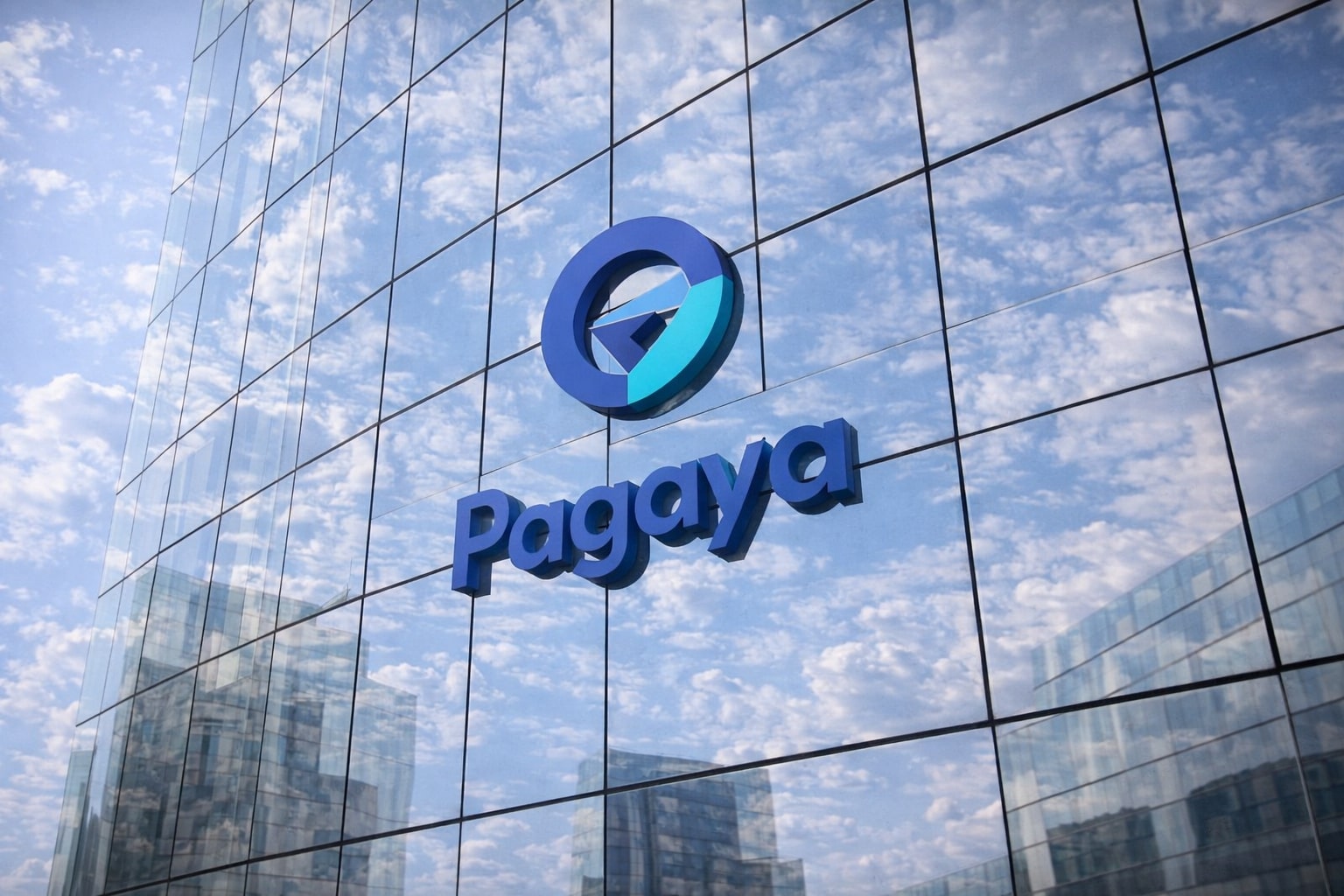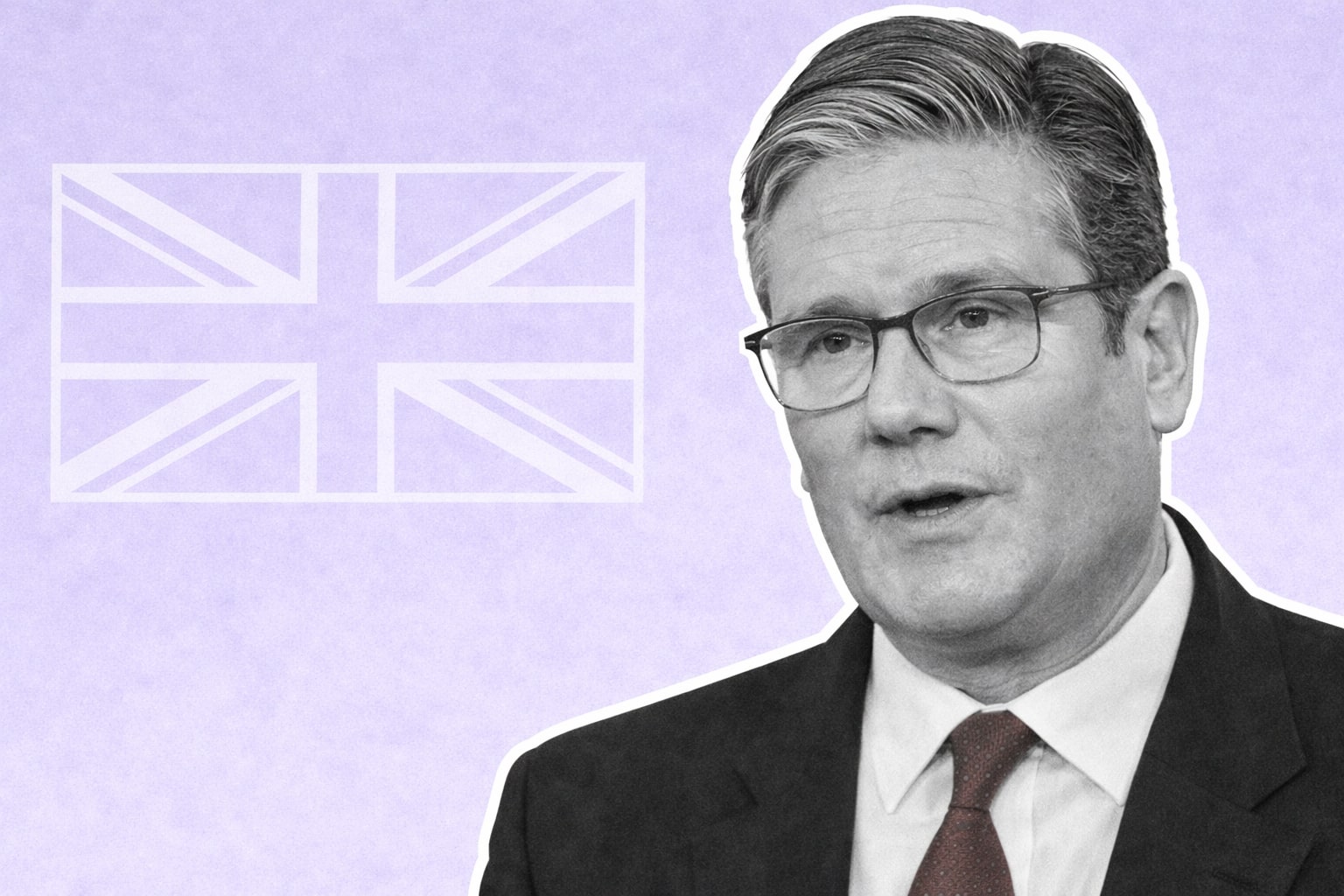Europe and US Grapple with Inflation, Economic Recovery, and Financial Stability Amidst Geopolitical Tensions
Decisive Policy Actions and Supply-Side Reforms Crucial for Sustaining Growth, Taming Inflation, and Safeguarding Financial Stability Across the Globe
Europe is grappling with the challenging task of sustaining an economic recovery while fighting inflation and maintaining financial stability in the wake of the pandemic and Russia's invasion of Ukraine. Growth in advanced European economies is expected to slow to 0.7% this year, down from 3.6% in 2021, while emerging economies will also see a sharp decline to 1.1% from 4.4%. The situation is further complicated by inflation risks, financial stability concerns, and uncertainties surrounding labor markets and economic slack.
Inflation remains a key issue, with the possibility of it staying higher for longer. Factors such as energy prices spiking again or wage growth exceeding projections could exacerbate the situation. The economic impact of the pandemic and energy crises may have also caused lasting damage to Europe's productive capacity, heightening inflation risks even further. To combat this, central banks must maintain tight monetary policies until core inflation is unambiguously on a downward path back to their targets.
Financial stability is another crucial aspect of this complex situation. Central banks across Europe need to work together and closely supervise both banks and nonbank financial intermediaries, implement contingency planning, and take prompt corrective action. European governments should also pursue more ambitious fiscal consolidation to help defeat inflation.
Supply-side reforms can help sustain economic growth in this challenging environment. Reforms that reduce labor market tensions, increase female and older workers' labor force participation, and enhance job matching are particularly valuable. In the European Union, implementing the Recovery and Resilience Plans and the Capital Markets Union can unlock investments needed to increase productive capacity, achieve climate goals, and enhance energy security.
In the United States, inflation appears to be cooling, but consumer spending growth has slowed considerably. The Personal Consumption Expenditures (PCE) index climbed by 4.2% in the year through March, down from 5.1% in the year through February. However, core PCE increased by 4.6% over the year, only slightly down from 4.7% in the previous reading. While personal income grew in March by 0.3%, consumer spending remained flat, indicating that the "robust and resilient" consumer narrative may not hold up any longer.
Persistently high inflation and labor market uncertainty have dampened consumer sentiment in the US. The University of Michigan's final consumer sentiment report for April showed that sentiment held steady at the preliminary reading of 63.5. Meaningful improvements in economic conditions, such as cooling inflation, are necessary for consumer sentiment to rise again.
Despite inflationary pressures, the US economy still has some potential for growth. Real disposable income has grown for nine consecutive months, and the personal saving rate increased to 5.1%, the highest since December 2021. This suggests that consumers still have the capacity to spend, potentially fueling further economic growth.
In India, retail inflation for industrial workers eased to 5.79% in March, compared to 6.16% in February, primarily due to lower prices of certain food items. Food inflation also decreased to 5.02%, down from 6.13% in the previous month. The All-India CPI-IW for March 2023 increased by 0.6 points to 133.3 points.
Overall, the global economic situation remains uncertain, with inflation risks and financial stability concerns dominating the landscape. Policymakers and central banks must work together to tackle these challenges, ensuring a coordinated and comprehensive approach to sustaining economic recovery and maintaining financial stability.
Read More
-
Pagaya Stock Price Forecast - PGY at $23.20: Is PGY Stock the Cheapest AI Fintech of 2026?
19.12.2025 · TradingNEWS ArchiveStocks
-
XRP Price Forecast: XRP-USD Stuck at $1.87 With $3 2026 Target and $10–$25 Long-Term Range
19.12.2025 · TradingNEWS ArchiveCrypto
-
Oil Price Forecast: WTI Near $56 and Brent at $60 Signal Risk Toward $50
19.12.2025 · TradingNEWS ArchiveCommodities
-
Stock Market Today: AI Chip Rally Lifts Nasdaq as $7.1T Quad Witching Hits
19.12.2025 · TradingNEWS ArchiveMarkets
-
GBP/USD Price Forecast - Pound at 1.34 As BoE Cut And Soft Dollar Keep Bullish Path Toward 1.35
19.12.2025 · TradingNEWS ArchiveForex



















